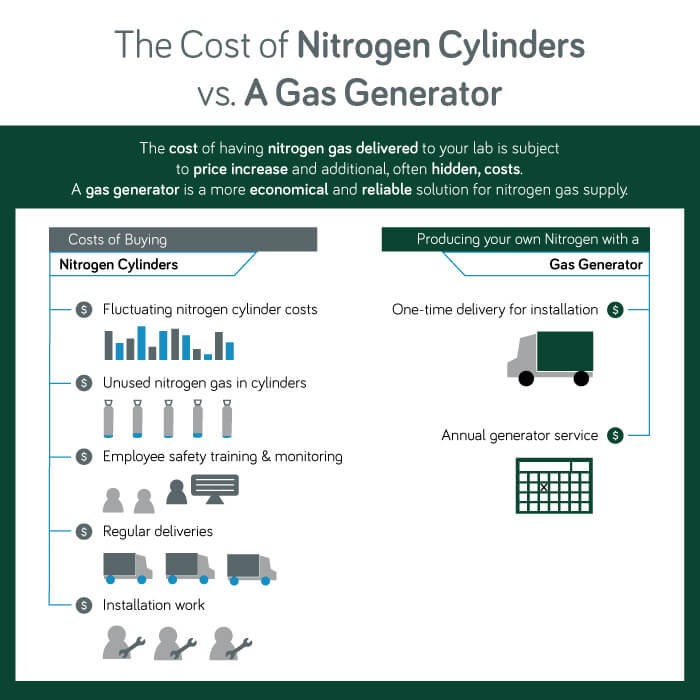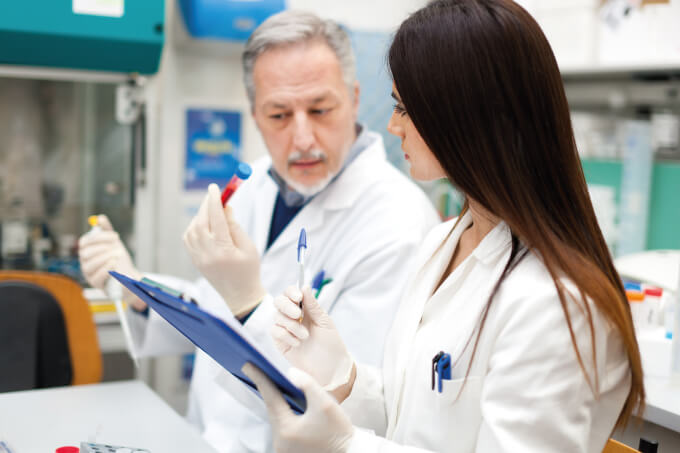Who are OpAns?
We are a contract analytical services laboratory providing support for pharmaceutical discovery, clinical trials, and clinical diagnostics.
How did you come to launch your own laboratory?
I knew from my undergraduate days onwards that analytical chemistry was a great fit for me - it is just the right blend of chemistry, engineering, physics, and mechanics. I earned my PhD in separations and mass spectrometry at the University of Carolina, Chapel Hill, under the direction of Jim Jorgensen. And I was lucky enough to be involved in some groundbreaking work – along with John MacNair, we built the world’s first UHPLC system.
As a post doc, I worked in the biopharmaceutical sector, first at Affymax and later in the discovery chemistry divisions of Glaxo-Wellcome and Eli Lilly. When the site I worked at was closed in 2004, it prompted me to make a big decision. Rather than move to another site or company, I decided to take control of my fate and use my skills and experience of running labs to start my own company, OpAns. What started as a company of two has now grown into a medium-sized analytical laboratory, employing 30 people.
How does your work in the contract lab world compare with previous roles?
It’s satisfying to know that our work is helping people. While important, I was aware that my work in the pharma industry was ultimately driven by stakeholder return; if that return didn’t exist then the work could not continue, no matter how noble. OpAns gives me the flexibility to pursue work that I believe in. In particular, a large proportion of our work is in pediatric clinical trials, supporting America’s Best Pharmaceuticals for Children Act by studying dosage for children – especially newborn babies.
We also allocate significant resources to research into steroidogenesis; for example, studies of environmental exposure to certain chemicals and how they affect hormone production, screening programs, and work for pharmaceutical companies studying endocrine diseases.

A third area we work in is clinical diagnostics, primarily dry blood spots for toxicology testing and therapeutic drug monitoring. Dry blood spot testing is easier on patients than traditional blood tests and provides better information to physicians compared with saliva- or urine-based toxicology.
What are the workhorse technologies in your labs?
Given that 95 percent of the work we do is quantitative in nature, we primarily perform LC-MS/MS using triple quad MS. To a lesser degree, we also use time-of-flight and single quad MS, and immunoassays including ELISA.
What are the critical factors when choosing equipment?
It’s a balance between performance/robustness and regulatory compliance. The work that we do is regulated by good laboratory practice (GLP) and clinical laboratory improvement amendments (CLIA) regulations. Once you get a compliant solution in place you cannot easily switch vendors, so it’s very important that we pick the right partner first time.
Our decision to work with Peak Scientific for gas generation came down to three key factors. First, Peak was recommended and used by a number of instrument providers – it was important to us that they have acceptance from the manufacturer. Second, the support and information from the team at Peak was terrific, and provided exactly the information I needed. Third, pricing was very competitive. Seven years later, I can say it was a good decision!
Why did you originally switch to on-site gas generation?
Previously, we used liquid nitrogen – stored in a 600-gallon tank that had to be re-filled every five days. When we outgrew that tank, we started to look at on-site gas generation and realized there were several advantages. Since swapping, we have increased our gas consumption threefold, so there are significant savings compared to liquid nitrogen. It’s not just the cost of the nitrogen itself that adds up either – there is the cost of tank rental, delivery and various other surcharges, all of which increase year on year. By contrast, the cost for maintenance of our on-site gas generator has proved to be quite consistent. Overall, we’ve cut our nitrogen costs by more than half.
Maintenance is not just a cost issue – it’s also an important source of downtime for labs, and on-site generation has proved advantageous in this respect too. We have never experienced failure of the generation system itself, but the associated air compressors do require some maintenance. Our unit contains four air compressors, but will run with three so, if a compressor goes down or needs maintenance, we have redundancy and can continue to operate.

How do you maximize uptime in your lab?
The most important thing is to take a systematic approach and keep up with preventative maintenance. After all, a small amount of scheduled downtime is much better than the unscheduled downtime that results if something breaks – and when you need to have samples running 24/7, unscheduled downtime must be minimized at all costs.
You have to get to know your equipment, and learn when maintenance is needed. Making sure staff understand how the equipment works can also help minimize downtime - when something goes wrong, they can do basic troubleshooting and give service engineers enough information about the problem to select the right parts for the job and resolve the issue quickly.
Why is uptime so important for you?
We work in clinical diagnostics, so physicians and their patients are waiting on results that matter – results that will inform important decisions. I can think of no more crucial analytical need than that.


